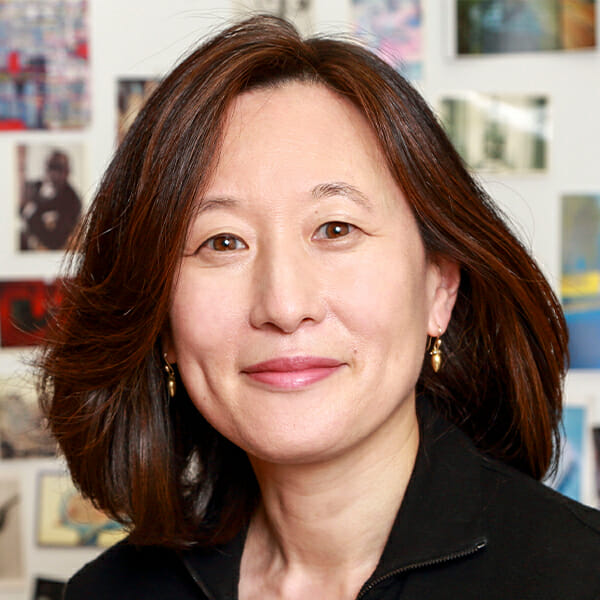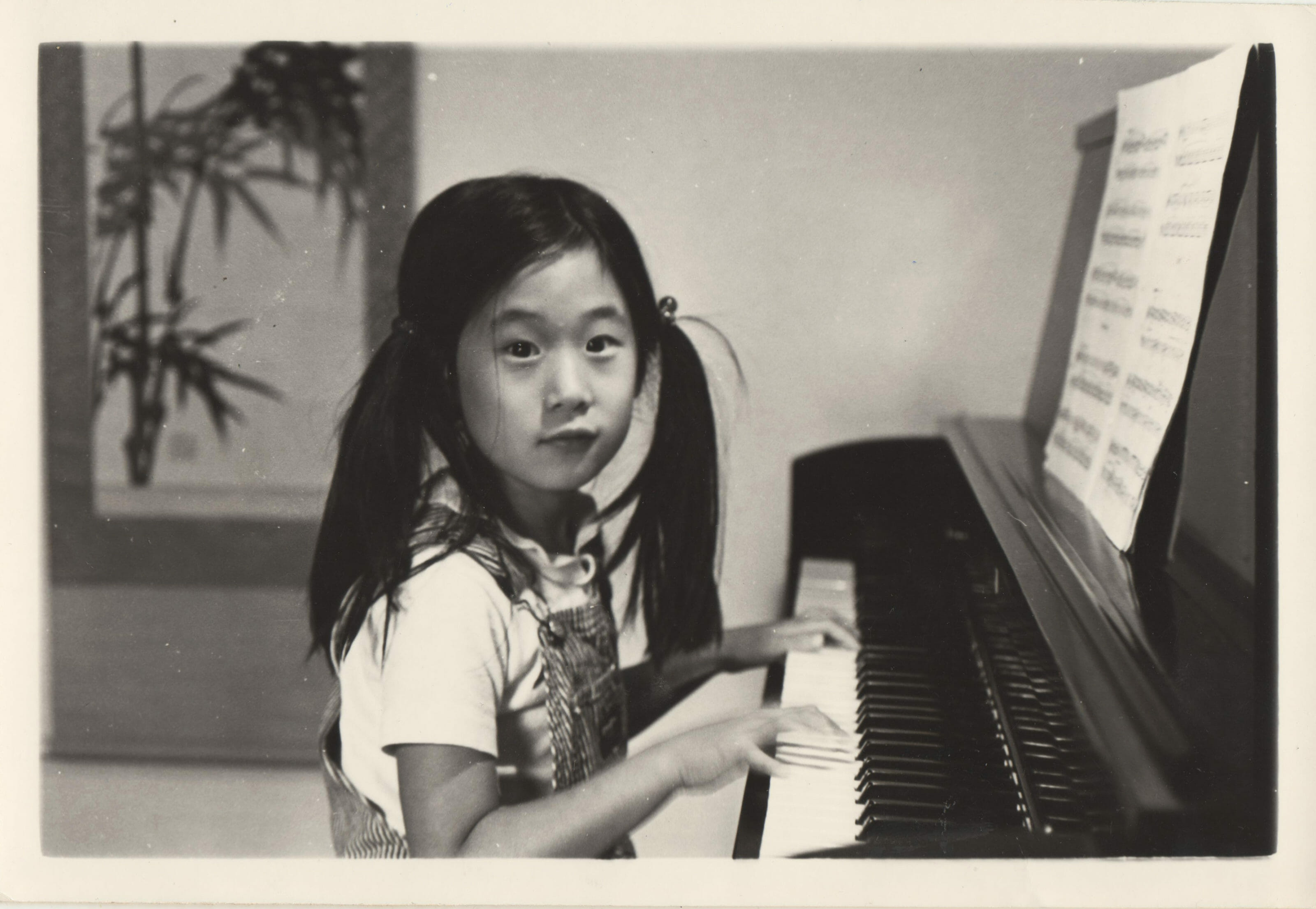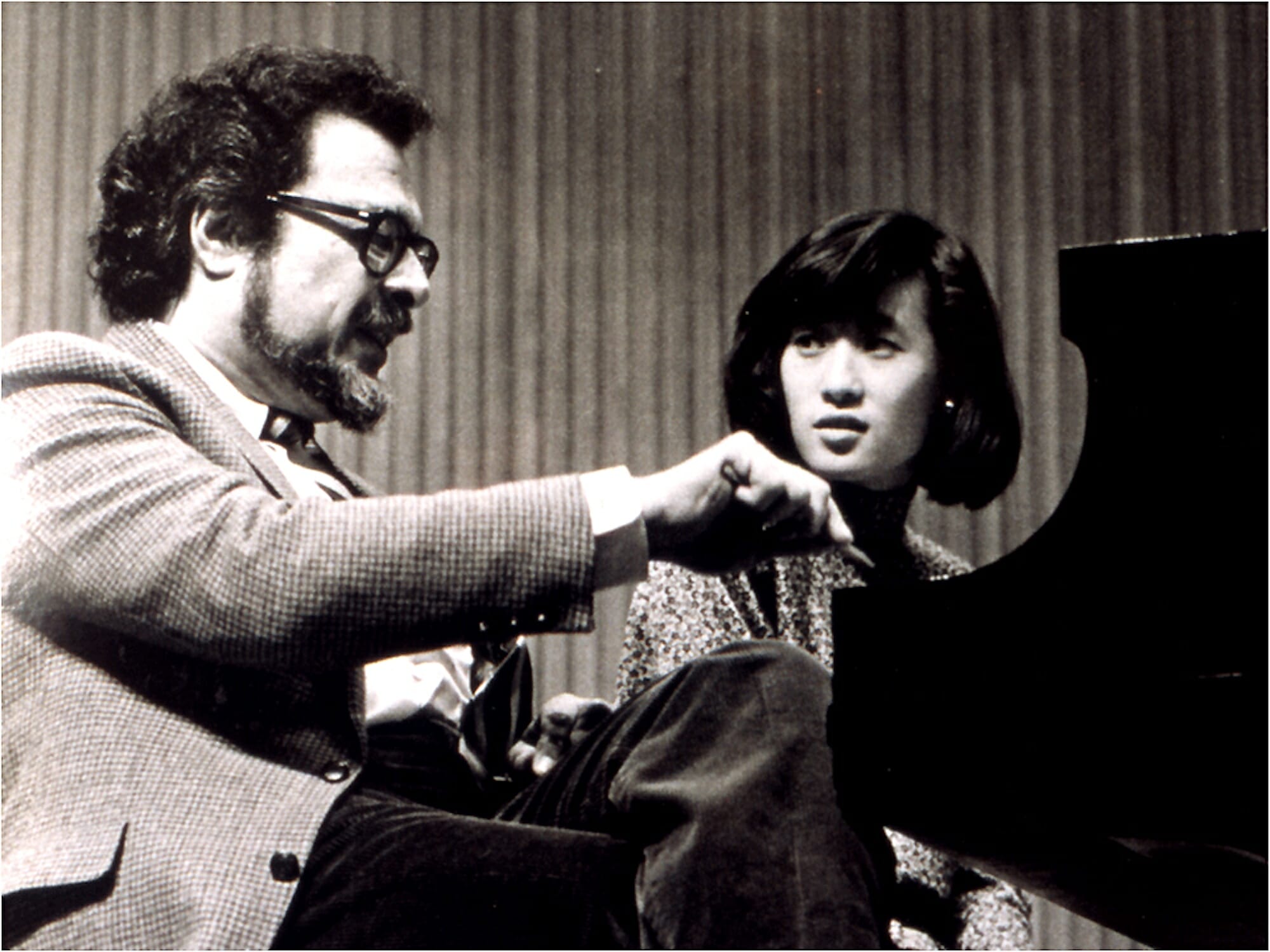
Mikyoung Kim
Founder • Mikyoung Kim Design
Mikyoung Kim is an award-winning international designer and landscape architect who brings innovative ideas to the urban landscape. Her diverse background in design and sculpture has shaped her body of work, blurring the boundaries between landscape architecture and environmental art. From children’s playgrounds to city parks and urban master plans, her work reflects a deep commitment to placemaking that captures the public imagination.
Photo by Mike Worthington
I think that design has the capacity to make our lives healthier and more vibrant. Good design gives meaning to our everyday world.
Originally trained as a pianist, Mikyoung was faced with having to change professions when she developed tendonitis in her left arm. Moving from such a personal art form to one that was incredibly public in nature was a huge change, but she finds connections between different dimensions of music and design, using her musical training to evolve as a creator. She says the most important thing she learned from playing music was “to be a perceptive and deep listener,” noting that her firm’s value of actively listening “is the foundation of the work that we do and allows for our designs to be responsive and transformative.”
As the Founder and Design Director of Mikyoung Kim Design, Mikyoung brings an artistic mindset to projects based on practical problems of ecology and conservation. Over the past two decades, the firm has crafted a body of work that repositions the discipline of landscape architecture as at the intersection of art and science. From the art of ecology and restorative landscapes, their work addresses pressing environmental and health-related challenges, while creating artful and immersive experiences.

A photo of the Regenstein Learning Campus, an environmental discovery center and nature playground designed by Mikyoung Kim Design as a part of the Chicago Botanic Garden.
Photo by Kate Joyce
PErsonal History

Mikyoung as a child playing the piano.
Photo courtesy of Mikyoung Kim
“Music Shaped My Life’s Work”
I was trained as a musician before I became a landscape architect, and I believe that landscape design has much in common with music. What attracts me is that it has civic goals, like music, and has a certain performative nature. Our work is about creating a platform for interaction; we hope that it invites a sense of participation and creates opportunities for social engagement and play. We want to encourage people to engage each other!”
Bringing People Together
“With my team, I love bringing an artistic vision to the pressing ecological issues that are part of each project. On multiple projects, I have developed stormwater management systems that not only mitigate intense flooding conditions but also celebrate fluctuating conditions. In downtown Seoul at the Chongae River Restoration Project, we developed a solution that manages 22,000 tons of surficial and subsurface runoff from the city. The collaborative solution utilized stone from the various provinces of North and South Korea to tell a cultural story about shared interests, as well as to allow for the whole city to safely reengage with the river. All of our work—from the Chicago Botanic Garden to the Prudential Center—is focused on bringing people together and encouraging them to spend time in the landscape.”
Finding a Seat at the Table
“I am thankful to have had women leaders who have supported and guided me from the very early days of my practice. I saw the M/WBE (Minority/Women-owned Business Enterprises) diversity program in Massachusetts as an important foundation when my firm was a startup in Boston. The political will that made this program possible in the real estate industry provided my studio an opportunity to be a part of this traditionally male-dominated profession. This program offered me, as well as many other women, the opportunity to have a seat at the table.”
A selection of Mkyoung Kim’s work.

Mikyoung practicing the piano.
Photo courtesy of Mikyoung Kim
A Startling Change
“When I developed tendonitis, I had to stop playing the piano immediately which was really difficult because it was an important means of expression for me. Moving from such a personal art form to one that was incredibly public in nature was a startling change and it took many years to find my own pathway within design. The most important thing I learned from music is to be a perceptive and deep listener. It is the foundation of the work that we do and allows for our designs to be responsive and transformative.”
